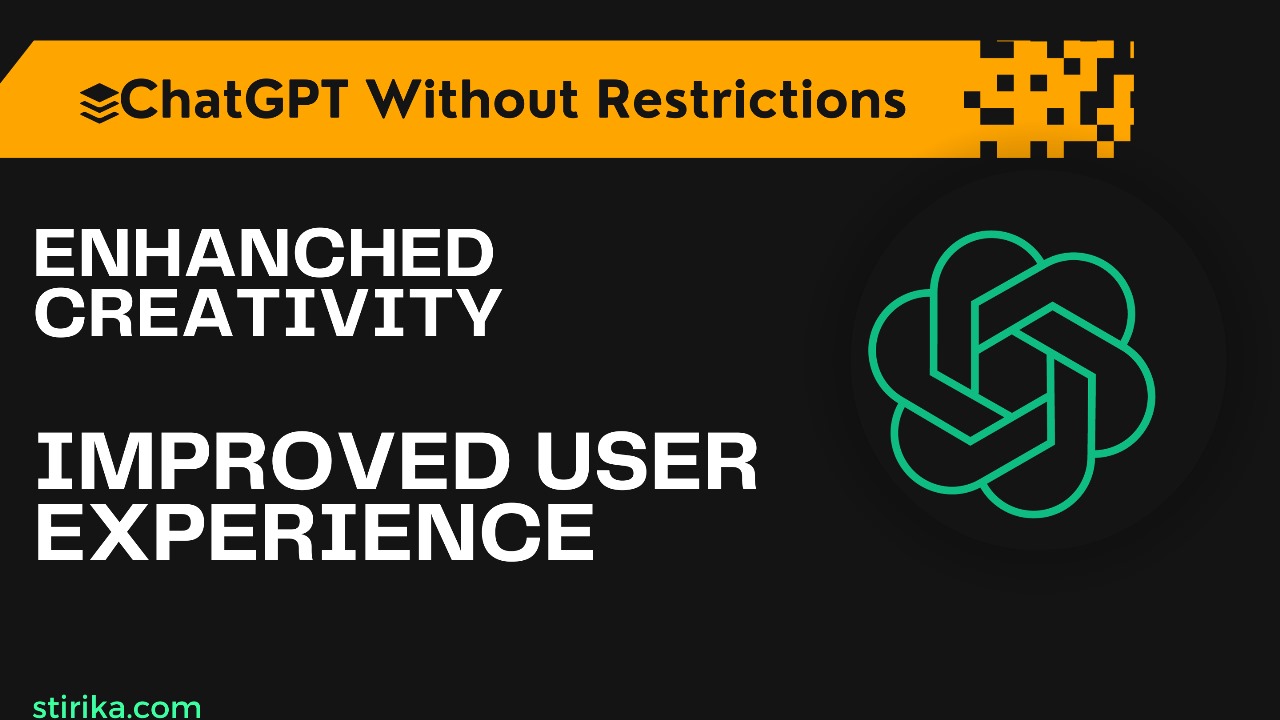
In the dynamic realm of conversational AI, ChatGPT has emerged as a trailblazer, transforming the way we interact with machines. However, beneath its impressive facade lie inherent limitations that warrant closer scrutiny. This article delves into the intricacies of “Limitations of ChatGPT,” offering a comprehensive exploration of the challenges faced by this innovative language model.
The Heralded Arrival of ChatGPT: A Brief Overview
Genesis of ChatGPT
To comprehend the limitations of ChatGPT, it is essential to revisit its origins. Born out of OpenAI’s commitment to advancing natural language processing, ChatGPT’s journey begins with high expectations and promises of revolutionary conversational capabilities.
Evolutionary Milestones
As we traverse through the evolutionary milestones of ChatGPT, it becomes evident that the model’s prowess has seen remarkable growth. However, with great advancements come nuanced challenges that shape the narrative of its limitations.
Scaling Challenges
The scale at which ChatGPT operates brings forth unique challenges. The sheer volume of data processed during training contributes to the model’s vast knowledge base but also introduces complexities that impact its performance in specific scenarios.
Technical Architecture: Balancing Act
The technical architecture of ChatGPT, while impressive, encounters limitations in balancing intricate contextual understanding and real-time responsiveness. Navigating this delicate equilibrium poses ongoing challenges in refining the model for optimal performance.
The Landscape of ChatGPT’s Limitations: Unveiling the Challenges
Contextual Understanding Constraints
One of the foremost limitations of ChatGPT lies in its struggle to maintain contextual understanding over prolonged conversations. The model, despite its sophistication, often grapples with the retention of context, leading to responses that may lack coherence.
Sensitivity to Input Phrasing
ChatGPT’s sensitivity to input phrasing becomes apparent when users experiment with rephrasing queries. The model’s responses may vary significantly based on subtle changes in input structure, highlighting a limitation in its ability to consistently interpret user intent.
Tendency to Generate Plausible-sounding But Inaccurate Information
While ChatGPT excels in generating contextually relevant responses, it occasionally falters by producing information that, while plausible-sounding, may lack accuracy. This limitation poses challenges, especially in scenarios where factual precision is paramount.
Ambiguity Handling Challenges
The inherent ambiguity of natural language presents a hurdle for ChatGPT. Dealing with ambiguous queries or statements can result in responses that lack clarity, showcasing the model’s limitations in disambiguating complex linguistic nuances.
Limitations in Multitasking
ChatGPT faces constraints in multitasking, struggling to seamlessly transition between multiple topics within a single conversation. This limitation poses challenges in scenarios where users engage in diverse or rapidly changing subjects.
Ethical Considerations: Unraveling the Implications
Bias in Responses
Addressing ethical concerns, the presence of biases in ChatGPT’s responses raises questions about fairness. The model, trained on diverse datasets, may inadvertently exhibit biases present in the training data, necessitating ongoing efforts to mitigate and rectify such tendencies.
User Safety and Potentially Harmful Outputs
ChatGPT’s limitations extend to issues of user safety, with the potential for generating outputs that could be deemed harmful or objectionable. Balancing user freedom and safety remains a challenge, requiring vigilant monitoring and refinement of the model’s behavior.
Limitations in Recognizing and Handling Sensitive Content
The model’s struggle to consistently recognize and handle sensitive content is a critical ethical consideration. Despite efforts to filter inappropriate requests, ChatGPT may occasionally generate responses that are inappropriate or offensive, highlighting the need for continuous improvement in content filtering mechanisms.
Explainability Challenges
Another ethical dimension revolves around the challenge of explainability. ChatGPT’s responses, while often contextually sound, might lack clear explanations for the rationale behind specific answers, posing difficulties in situations where users seek detailed justifications.
Navigating OpenAI’s Response: Iterative Learning and Improvements
Continuous Iterations for Enhancement
In acknowledging these limitations, OpenAI adopts a proactive stance through continuous iterations. The model’s evolution is marked by a commitment to learning from shortcomings, refining its architecture, and implementing corrective measures to enhance performance.
Balancing Act: User Feedback and Model Refinement
User feedback emerges as a crucial component in the refinement process. OpenAI actively seeks insights from users to identify areas of improvement, fostering a collaborative approach to addressing limitations and enhancing the overall user experience.
The Role of User Feedback in Model Governance
User feedback not only guides immediate refinements but also plays a pivotal role in shaping broader aspects of model governance. OpenAI’s responsiveness to user concerns is integral to creating an environment where ChatGPT aligns with user expectations while maintaining ethical and performance standards.
Transparency and Communication Initiatives
OpenAI places a premium on transparency, acknowledging the importance of communicating the model’s capabilities and limitations to users. Initiatives to enhance transparency aim to empower users with a clearer understanding of ChatGPT’s behavior and foster a sense of trust in its usage.
Looking Ahead: Future Prospects and Overcoming Challenges
Ongoing Research and Development
The journey of ChatGPT unfolds against the backdrop of ongoing research and development. OpenAI’s commitment to pushing the boundaries of conversational AI underscores the belief that addressing limitations is a catalyst for innovation and progress.
Towards a More Robust and Inclusive Model
As we peer into the future, the focus shifts towards sculpting a more robust and inclusive ChatGPT. The exploration of novel techniques, datasets, and architectures aims to fortify the model against existing limitations, paving the way for a more resilient conversational AI.
The Role of Multimodal Capabilities in Overcoming Limitations
The integration of multimodal capabilities is on the horizon, offering a potential solution to some of ChatGPT’s limitations. The model’s ability to comprehend and generate responses based on a combination of text, images, and potentially other modalities holds promise in enhancing contextual understanding and overall performance.
Collaboration and Ethical AI Advocacy
Collaboration with the wider AI community and ethical AI advocacy become paramount in overcoming limitations. Engaging with diverse perspectives, sharing research findings, and collectively addressing ethical considerations contribute to the evolution of not just ChatGPT but conversational AI as a whole.
Conclusion: Navigating the Conundrum of Limitations
In conclusion, the limitations of ChatGPT, while inherent, serve as stepping stones toward a more refined and advanced conversational AI. Acknowledging these challenges is imperative for fostering transparency, ethical responsibility, and continuous improvement. As users and developers navigate the landscape of ChatGPT’s capabilities and constraints, the collective endeavor to overcome limitations promises a future where conversational AI evolves into an even more indispensable and reliable tool. The boundless potential of ChatGPT beckons, inviting users to explore and redefine the contours of unrestricted conversations. In embracing these challenges, we pave the way for an AI landscape






